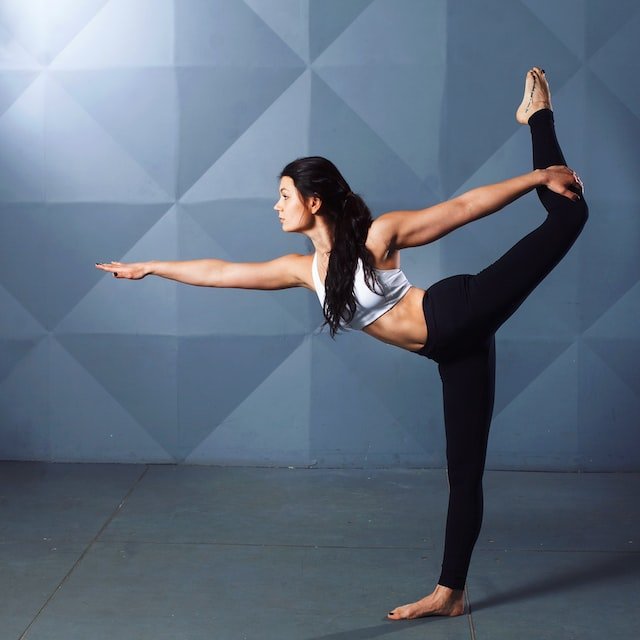Do you know how many joints are in your body? We don’t either! That’s because the answer varies from person to person, depending on factors like age and what is classified as a joint. Babies have more bones than adults, and therefore more joints, but some fuse together as they grow. Adults can have anywhere from 250-450 joints.
Magical hardware
There are several main categories of joints:
Fixed: Bones connected without any movement, such as sutures in the skull.
Cartilaginous: Bones held closely together in a way that allows only minimal movement. An example would be the spine.
Synovial: Joints that move freely thanks to lubricating fluid. This is the most numerous type of joint in the body, and includes hinge joints (elbow), gliding joints (wrist), saddle joints (thumb), and ball and socket joints (shoulder.)
Sesamoids: Small bones embedded within tendons that are sometimes categorized as joints. The largest sesamoid is the kneecap.
Why are some people double-jointed?
If you’re thinking it’s because they have double the usual number of joints in their body, guess again. People who can pull their fingers way back or bend their elbows and knees the wrong way still have the exact same joints as everyone else. Their extended range of motion is usually just due to softer and more elastic cartilage and ligaments around the joints.
Is it okay to crack my knuckles?
And now for the question everyone’s been waiting for—is it okay to crack your knuckles? The answer is, probably. That sound you hear is just the popping of bubbles in your synovial fluid, which isn’t harmful. But there have been cases of people cracking their knuckles so vigorously that they dislocate their fingers.
The most common ailments
Osteoarthritis. The wearing down of cartilage causes bones to rub together. This often occurs in old age, but other risk factors include weight and previous injuries.
Rheumatoid arthritis. Inflammation leads to pain, swelling, and stiffness in the joints.
Gout. A buildup of uric acid in the body causes crystals to form in the joints. The hallmark of gout is intense pain, especially in the big toe.
Bursitis. Inflammation of fluid-filled sacs that cushion the joint, often due to overuse.
TLC for your joints
What’s good for you is good for your joints. That means staying active, getting enough rest, eating healthy, not carrying too much weight, and preventing repetitive stress issues. If you’re working or playing sports, wear protective gear like knee pads and wrist braces. Your doctor might also recommend supplements to support joint health, such as turmeric, glucosamine, and Vitamin D.
The skeleton/joint paradox
As we mentioned in our previous post about the skeleton, weight-bearing exercise is good for bone health. But it’s not so good for joints—what to do? The best strategy is to listen to your body. If jumping rope and stair-climbing makes you feel like a train wreck the next day, switch back to low-impact forms of exercise like swimming, walking and cycling. Muscle soreness after exercise is probably fine, but joint pain is worth asking your doctor about.
Come visit us at Parkside
Come see our expert team at Parkside Clinic where we tailor our care to your specific condition and tap into your body’s natural healing ability. Make an appointment, or if you have any questions, contact us.




